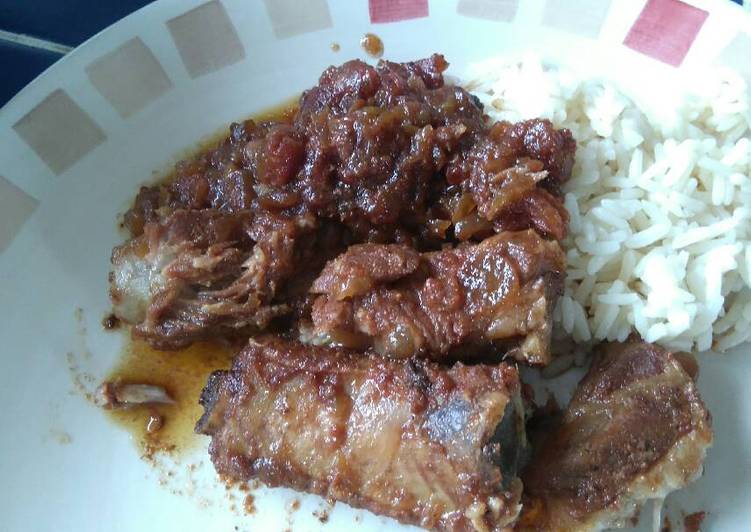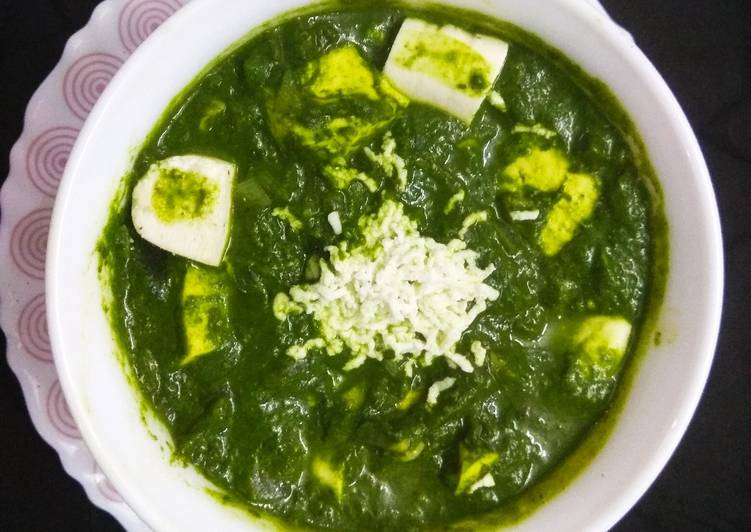
Hey everyone, I hope you are having an amazing day today. Today, we’re going to prepare a special dish, pelmeni - boiled russian gyoza in soup. One of my favorites food recipes. This time, I’m gonna make it a bit unique. This is gonna smell and look delicious.
Serve these Russian Pelmeni in a good quality chicken broth, or boil and butter them up, then dip This recipe is for Russian Pelmeni along with a NEW dough recipe! This dough is softer, tastier and has I like to make potato filled piroshki to eat with a big bowl of soup in winter, but I cheat…I use. Pelmeni are the Russian version of dumplings.
Pelmeni - Boiled Russian Gyoza in Soup is one of the most favored of recent trending meals on earth. It’s easy, it is quick, it tastes delicious. It is appreciated by millions every day. Pelmeni - Boiled Russian Gyoza in Soup is something which I’ve loved my whole life. They’re nice and they look fantastic.
To begin with this particular recipe, we must first prepare a few ingredients. You can cook pelmeni - boiled russian gyoza in soup using 12 ingredients and 9 steps. Here is how you can achieve that.
The ingredients needed to make Pelmeni - Boiled Russian Gyoza in Soup:
- Take 200 grams Bread (strong) flour
- Take 90 ml Milk
- Get 30 ml Water
- Get 1 Egg
- Take 1/3 tsp Salt
- Prepare 250 grams ★Ground pork
- Get 1/2 medium ★Onion
- Take 1 clove ★Garlic
- Make ready 1 dash ★Parsley
- Take 4 grams ★Salt
- Get 1 dash ★Pepper
- Make ready 1 Vegetable soup
These dumplings are a common In Russia, people often use a pelmeni mold for forming pelmeni. If you have a pelmeni mold, roll out portions of the dough very thinly on a slightly. The heart of Russian cuisineA plate of pelmeni might not look like much to the untrained eye, but it forms the heart of Russian cuisine and culture. Boil the pelmeni in salted water for seven minutes, or until they float to the surface.
Instructions to make Pelmeni - Boiled Russian Gyoza in Soup:
- In a bowl, mix milk, water, egg, and salt.
- In a separate bowl, add the bread flour and Step 1 gradually.
- Once the dough is cohesive and doesn't stick to your hands, knead for 4-5 minutes. Cover the bowl with plastic wrap and let rest in the fridge for 30 minutes.
- Meanwhile, make the filling. Grate or mince the onion and garlic, combine with the ★ ingredients in a bowl and mix well.
- Dust your workspace, roll out the dough into a log and quarter. Cut each quarter into 6 pieces to form the skin. Cover the other pieces of dough as you work.
- Dust the dough with flour and roll it out to the size of commercial gyoza skin.
- Spoon the filling on top and wrap. Fold the dough in half, then stick the edges together to form a circle. If you're having difficulty, use water as glue to secure.
- Drop the pelmeni into a large pot of boiling water. Once they rise to the surface, cook for another 1-2 minutes. Scoop and transfer to plates.
- I served the pelmeni in a bowl of soup prepared separately. You could serve it with a dollop of sour cream or topped with garlic butter.
Serve them in soup plates with sour cream or in broth. Photo about Soup of boiled Russian pelmeni in broth with dill and parsley. This recipe for Russian meat dumplings, known as pelmeni or peljmeni, is traditionally filled with ground beef, pork, and sometimes lamb. It's then served with red wine vinegar, black pepper, and melted butter. Mushroom, sauerkraut, and vegetable fillings exist in other regions of Russia.
So that is going to wrap this up with this exceptional food pelmeni - boiled russian gyoza in soup recipe. Thanks so much for your time. I am confident that you will make this at home. There is gonna be more interesting food in home recipes coming up. Don’t forget to bookmark this page in your browser, and share it to your loved ones, colleague and friends. Thanks again for reading. Go on get cooking!

